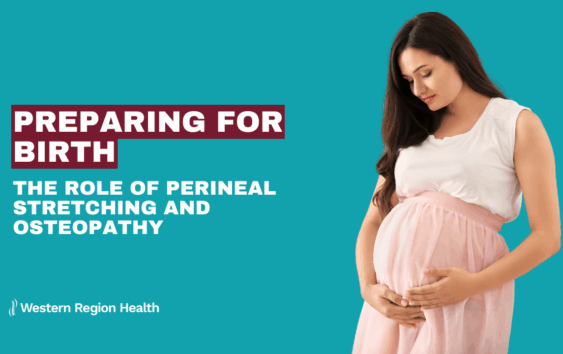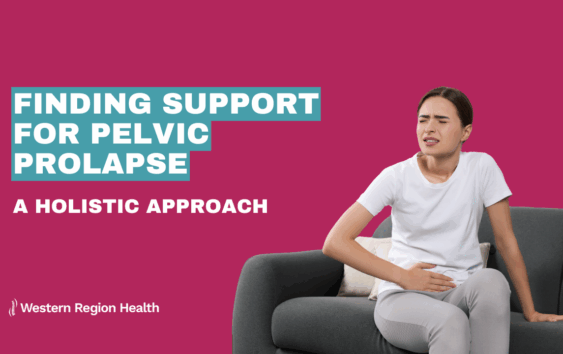General | August 30, 2024
When Is It Necessary For Footy Players To Get A Scan For A Suspected ACL Injury?
Dr Gretta Dias- OSTEOPATH- Bachelor of Health Science and Applied Science
ACL injuries are a common concern among local footy players. If you’ve experienced a sudden twist or impact to your knee, it’s essential to know when to seek further investigation and when a visit to your osteopath can help.
When Should You Get a Scan?
An MRI is the best way to diagnose an ACL tear. Consider getting a scan if you experience the following:
- Immediate Swelling and Pain: Rapid swelling and significant pain could indicate a severe injury that requires further evaluation. If you notice your knee ballooning up within hours, it’s a signal that there may be internal damage that needs to be checked.
- Instability: If your knee feels unstable or gives way, it’s a strong sign that something is wrong. This instability is often described as a feeling of the knee “giving out” during walking or activity, and it indicates that the ligament may not be providing the necessary support.
- Limited Range of Motion: Difficulty in fully bending or straightening your knee is a reason to get it checked out. When the knee is stiff and not moving as it should, it can affect your ability to perform daily activities and, of course, play sports.
- Persistent Symptoms: If rest, ice, and over-the-counter pain relief haven’t improved your symptoms after a week or two, an MRI might be necessary. Persistent pain and swelling can suggest that there’s more than just a minor injury at play.
When to See Your Osteopath
Before rushing for a scan, consider the benefits of consulting your osteopath:
- Initial Assessment: An osteopath can perform specific tests to evaluate the condition of your ACL and other knee structures, helping to determine if a scan is needed. This hands-on examination can provide immediate insights into the extent of your injury.
- Pain Management: Hands-on treatment from an osteopath can effectively manage pain and swelling in the early stages of an injury. Techniques such as soft tissue massage and joint mobilization can help reduce inflammation and discomfort.
- Rehabilitation Plan: Regardless of whether surgery is required, a tailored rehabilitation plan is crucial. Your osteopath can develop a program to strengthen your knee and prevent further injuries. This plan will typically include specific exercises to improve strength, flexibility, and stability.
- Holistic Approach: Osteopaths look at your body as a whole, addressing any contributing factors to your knee pain to ensure comprehensive care. This might involve assessing your overall biomechanics and how other areas of your body, such as your hips or lower back, might be affecting your knee.
If you suspect an ACL injury, don’t delay taking action. Use the signs and symptoms as a guide to decide if you need a scan. Remember, your osteopath is here to support you throughout your recovery. We’ll assess your injury, manage your pain, and provide a tailored rehabilitation plan to get you back on the field.
Being proactive about your health and well-being is key to a successful recovery. If you have any concerns or need advice, reach out to us. We’re here to help you stay strong and active both on and off the field.
References:
- Bibby, L. and Tripodi, N. (2021) ‘Non-surgical management and return to play of an anterior cruciate ligament rupture: A case report’, International Journal of Osteopathic Medicine, 40, pp. 54–63. doi:10.1016/j.ijosm.2021.02.004.
- Clifford, C. et al. (2021) ‘Acute knee clinics are effective in reducing delay to diagnosis following anterior cruciate ligament injury’, The Knee, 30, pp. 267–274. doi:10.1016/j.knee.2021.04.007.
- Gupta, S., Pawar, P.M. and Tamizharasan, P.S. (2022) ‘Intelligent detection of knee injury in MRI exam’, International Journal of Information Technology, 14(4), pp. 1815–1821. doi:10.1007/s41870-022-00859-3.
- Shaju, J.K. et al. (2022) ‘SmartACL: Anterior cruciate ligament tear detection by analyzing MRI scans’, Advances in Intelligent Systems and Computing, pp. 373–381. doi:10.1007/978-981-19-0475-2_33.


